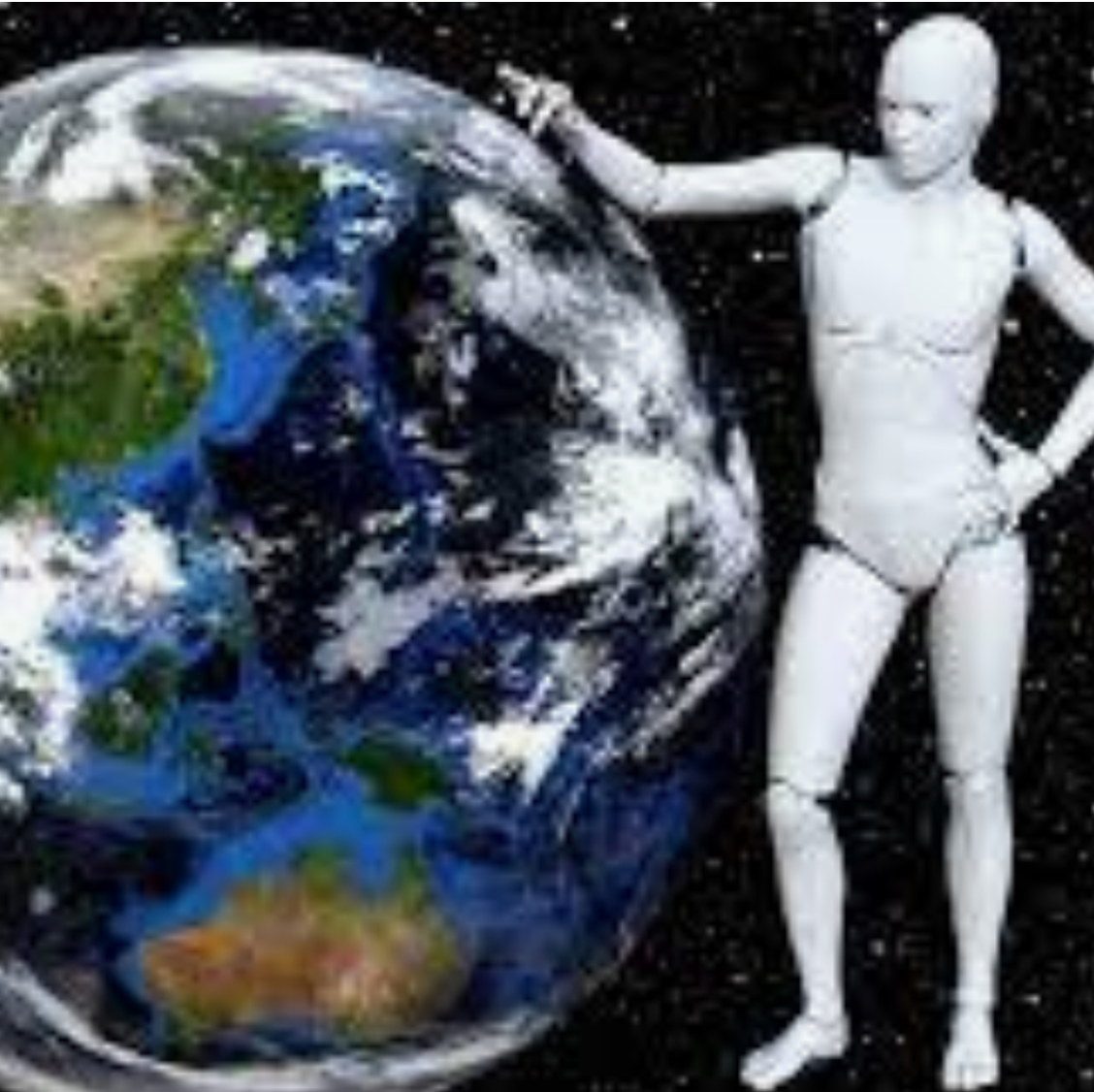ARTIFICIAL INTELLIGENCE IN AEROSPACE

see the First Part video here – by Gustavo Scotti di Uccio (AOS) –
Is the space attractive for doing business? Is the space race driven by commercial perspectives?
For several years, the commercial satellite and space sector, the Space Economy in a broad sense, has been looking for ways to make equipment construction more efficient and automate, drive innovation and increase profitability.
Artificial intelligence (AI), as a contribution to the work of man, can provide valuable help in many applications.
More specifically, technology can change the way global satellite operators and space agencies process data and transform the way the industry operates. Without going to multimillion-dollar projects, let’s cite a Norwegian start-up that has identified sustainable fishing grounds and an AI-based marine litter aggregation forecasting service. Sustainable fishing areas means that the system not only had the task of optimizing fishing and therefore generating additional wealth, but to avoid the contraindication of the extinction of fish species for too “effective” fishing, the APP in question also had algorithms for a management that does not violate certain areas during the breeding periods of the fish. Precision agriculture is another example, and in this regard, I want to mention a local project: in Sicily we are thinking of a center of excellence for precision agriculture with the use of satellite data and complex Artificial Intelligence algorithms.
They are examples of technological applications, which are economically advantageous – good return on investment – but also, in line with the terms of reference of the new Ministry of Ecological Transition.
The ambitious short- and long-term goals set by the various national space agencies require radical advances in many of the major areas of space engineering, certainly including the design of intelligent space agents.
This has led in recent years to a growing interest in artificial intelligence by the entire aerospace community.
Numerous examples can be cited:
- The use of Robotics and Autonomous Systems which at the moment sees a concentration of efforts for the construction of bases on other planets starting with Mars, but which is also preparing to happen with the Robomans, equipped with humanoid features, conceived specifically for the carrying out the tasks generally assigned to human operators, robot astronauts, or perhaps better robot astronauts. Whether it is carrying out dangerous tasks or, as in the case of space, reaching places particularly inhospitable for humans, robots have proved to be valid substitutes for astronauts and, above all, expendable. The use of robotic units would significantly reduce the costs of prolonged space missions, eliminating from the equation those supplies essential for the use of human personnel: food, water and oxygen. Once the development and testing phase is over, these semi-autonomous units could become the protagonists of important research, exploration and even colonization missions, one day allowing humanity to expand beyond planet Earth. Robotics applied to aerospace sees the peak of its development in the Robot Valkyrie model, also designed under the aegis of NASA and conceived for the construction of advanced bases in extraterrestrial locations, such as the Moon and Mars for which communications are complicated due to the distance of the planet which can be up to 48 minutes round trip. For this reason, it is necessary that these robots are equipped with an extremely sophisticated Artificial Intelligence in order to allow them to act for objectives and not directly.
- AI can also become Social: if you think of CIMON (Crew Interactive MObile CompanioN) which could not only make space travel a little less solitary – and perhaps a little more productive – but that can quickly provide relevant and accurate information. Today we have “hey Google” or even “Alexa” in our speakers. CIMON is meant to be a true astronaut companion, a true assistant who helps.
- Examples of DISTRIBUTED AI and “behavior-based” robotics are evolving in the concept that intelligence can reside in a distributed form. Swarm Intelligence was the basis of the first commercial application proposed and implemented for satellite systems was a constellation of satellites providing global communication services by means of three satellites placed in geostationary orbit. Since then, a large number of constellations have been deployed to provide global communications, navigation and Earth observation services.
- Similarly it is the case to mention the possibility of sharing the memory and computing resources of a large network of simple computers is clearly appealing to any type of application.
- Satellites continuously download data to ground stations in a raw format; ESA’s ENVISAT satellite alone generates 400 terabytes of data every year and distributed computing therefore becomes a useful tool to enable efficient use of satellite data, the main asset of the space business.
- Earth observation data from European satellites has already been made available in a computer grid, sharing processing power, memory storage and processed data.
- AI techniques called Enhanced Situation Self-Awareness allow a spacecraft to be able to perform autonomous actions, determine its own state of health and ultimately make decisions based on this greater self-awareness, and disengage from the classic system, strongly from the ground segment and flight engineers who monitor the huge amount of telemetry data sent back to Earth during spacecraft operation.
- Autonomous systems for increased situational awareness are therefore a very important research topic in spacecraft engineering.
- Manufacturing: Artificial intelligence has the potential to significantly improve the satellite manufacturing process, particularly when meticulous engineering is required to assemble multiple parts. Such AI application will not only generate profit, but it will also reduce production times, allowing satellite operators to launch earlier than before.
- Finally, Enhancing Earth Exploration and Imaging, where Earth imaging data is already being used to provide useful information to governments and businesses; calculate macroeconomic activity to more accurately measure migrant flows and the impact of climate change; o Dynamic Spectrum Detection and Avoidance to learn how to transmit using the appropriate frequencies and output power level to avoid interference.
In conclusion:
Artificial intelligence can provide numerous benefits to society in the context of space.
Potential developments in spacecraft manufacturing, spacecraft control and coordination would ease the challenging constraints on operators, governments and agencies, as well as promote productivity and growth in the downstream satellite industry.
Artificial intelligence can reduce costs for consumers, foster innovation, provide solutions to the problem of space debris and provide certainty for operators who find network coordination increasingly complex.
However, the implementation of AI for space is not without its challenges: the main one is not technical but legislative and even today the international regulatory frameworks are not particularly favorable and supportive to AI.
Gustavo Scotti di Uccio – AOS

